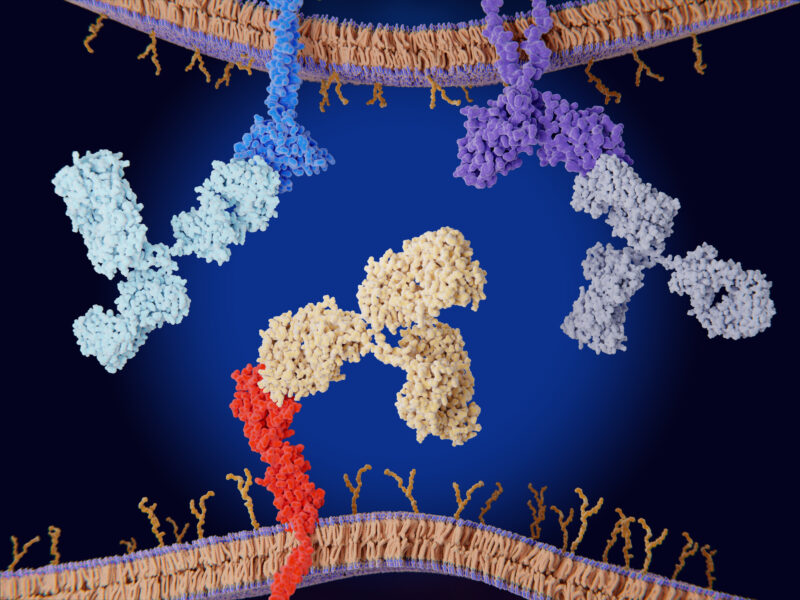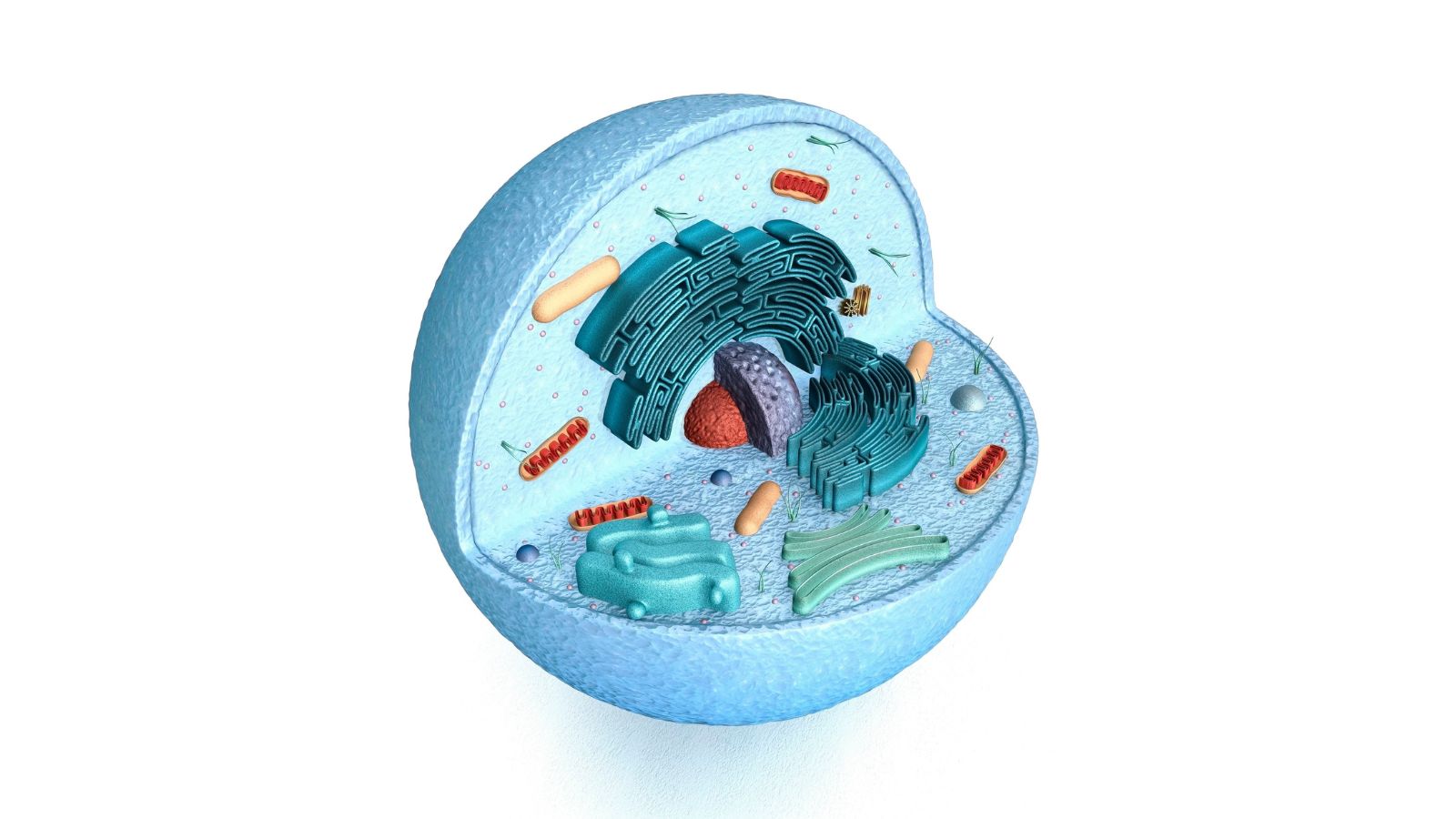Preclinical Strategies for Combination Immunotherapies

At Preclinical Oncology: Online, Oxford Global was pleased to host a panel discussion featuring experts in the field of preclinical strategies for combination therapies. The session included insights from Pravin Kaumaya, Professor at Ohio State.
Why Develop Combination Therapies?
“Why develop combination therapies?” our panellists were first asked. Kaumaya answered giving the example of immune checkpoint inhibitors (ICIs). “As a monotherapy, they are only effective in about 15 to 20% of the population,” Kaumaya explained. The PD-1 vaccine developed in Kaumaya's laboratory is a chimeric B-cell epitope peptide incorporating a “promiscuous” T-cell-epitope designed to elicit a polyclonal antibody response (OncoImmunology 2020, 9:1,1818437). He added that combination therapies are needed to broaden their efficacy: “for example, anti PD-1 with anti PD-L1, or anti PD-1 and anti-CDLA-4.” The Kaumaya team has developed a PD-L1, CTLA-4, LAG-3 and TIGIT peptide B-cell epitope vaccine which will eventually be used in combination.
The panel then discussed whether it was usual for immunotherapies to be developed in combination with other types of modalities, such as chemotherapy or radiotherapy. Kaumaya attested that his team’s HER-2 vaccines were never used in combination with a chemotherapeutic agent as other HER-2 medicines such as Herceptin/Perjeta which were always used in combination with chemotherapeutic agents. However, he stressed that the problems with chemo are making researchers want to move away from the treatment.
Kaumaya’s team have been working on combining targeted therapies. He added that, “the combination of checkpoint inhibitors with targeted therapies is the next step in moving away from chemotherapeutic regimens.”
Other Combination Immunotherapeutic Approaches
Kaumaya explained that cytotoxic T cell (CTL) epitopes haven’t proven very successful for cancer vaccines. “Perhaps the reason why we haven’t seen a CTL vaccine is that we haven’t been using checkpoint inhibitors in combination to take the breaks off.” Kaumaya said that he was looking forward to more research on CTL vaccine strategies delivering multiple epitopes with appropriate adjuvants in combination with ICIs.
Another combination therapy that Kaumaya commented on was gut microbiota approaches: “that’s another area that’s going to be very important moving forward. There will of course be improvement to the technology that can be made as it moves into the clinic.” One attendee, who works on these strategies, added that it is a challenging field, but that the approach has mounting clinical evidence about the role of the microbiome – “not only with ICI therapy but also CAR T cell therapies as well.”
- Using Live Gut Bacteria as a Co-Therapy for Checkpoint Inhibitors
- Microbiome Solutions to Immuno-Oncology Problems
Preclinical Development Challenges
The conversation then shifted towards the preclinical developmental challenges that researchers have to deal with in regard to combination therapies. Kaumaya recounted the process of getting his team’s HER-2 vaccine into the clinic: “You need to go through the process of having the vaccine GMP manufactured, and you need to deal with the FDA to get an investigational new drug licence (IND).” Both of which are challenging.
On top of this, Kaumaya recalled the difficulty he had encountered with using non-human primate models: “it was requested to do a monkey study and the FDA were not too keen, so they did a dog study.” All together the regulatory process is an expensive endeavour, one that makes it hard for academic institutions to fund: “A big pharma company can do this very easily, but money is a bottleneck for university research.”
Combination Therapies and the Propensity for Adverse Events
The development of combination therapies also has the additional challenge of dealing with adverse effects and toxicities. For example, the combination of anti-CDLA-4 and anti-PD1 can increase the incidents of colitis, which is a challenge for regulators.
Kaumaya said most definitely ICIs can have problems, especially when dealing with monoclonal antibodies. “In our anti-PD-1 clinical trial, we had one patient dealing with particularly adverse effects.” Kaumaya did however note that they had not seen this kind of problem when targeting HER-2, but due to the fact that PD-1 is on the T cell, there can be potential issues. Kaumaya said he was “very watchful of this in clinical trials.” Roche is now bringing out atezolizumab to be used in combination with Imugene licensed Kaumaya’s PD-1 vaccine – “we’re excited to see what happens there.”
There are certainly a lot of challenges for combination therapies, but at the same time many advances. Hoping to see many more advances in the near future, the session was concluded.
Join us at Immuno UK: In Person and gain valuable insights into the approaches impacting the immunotherapy field through 40+ outstanding presentations tackling key discussion points in immuno-oncology, immunology, and inflammation.
Sign up for our Immuno newsletter to receive the highlights of our Immuno content, upcoming events, and more.






